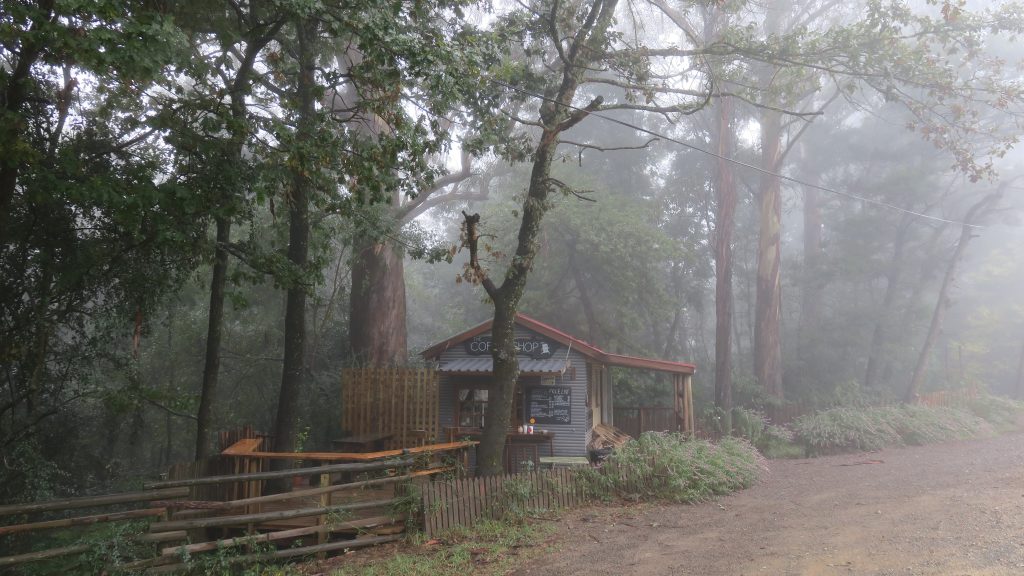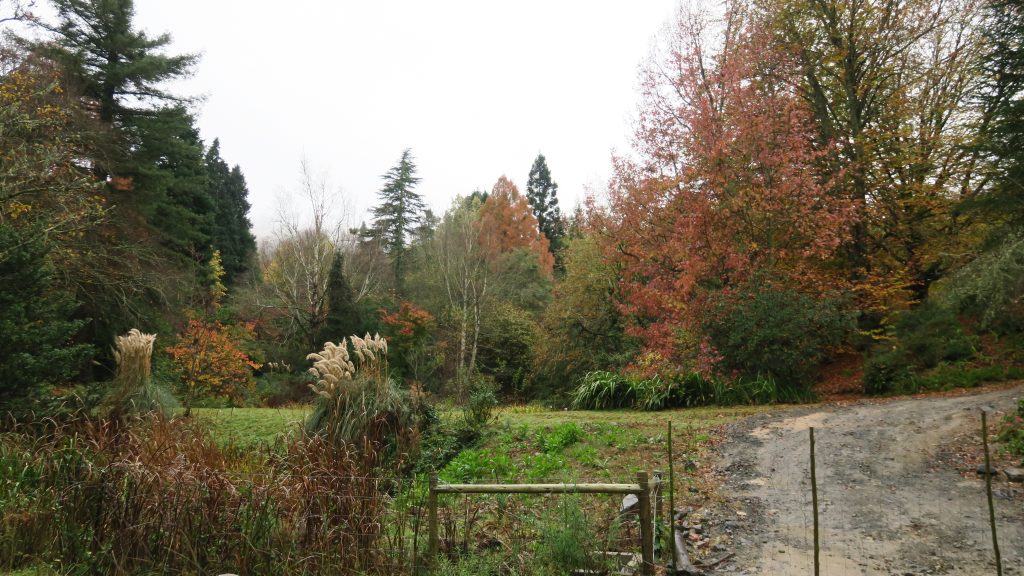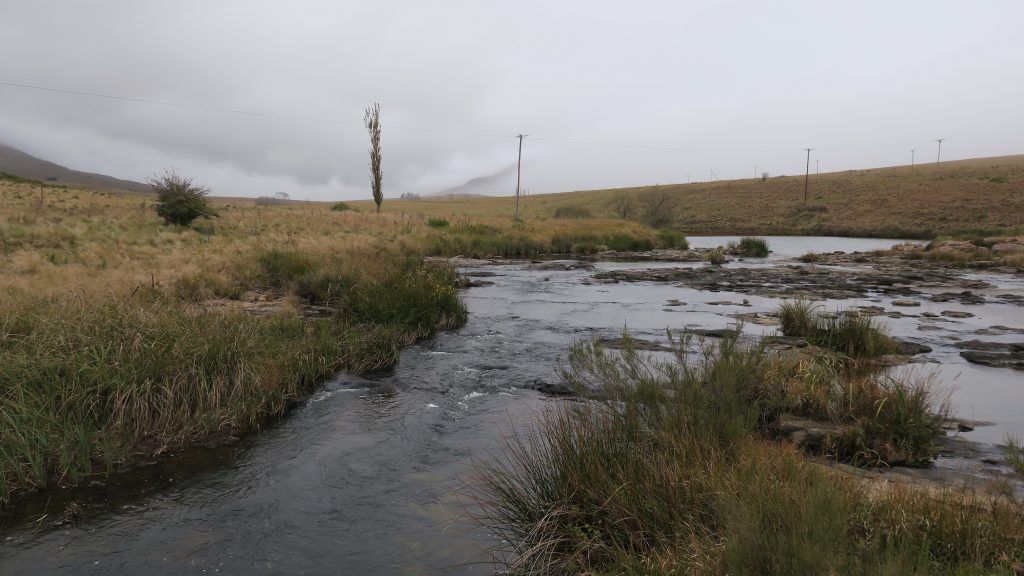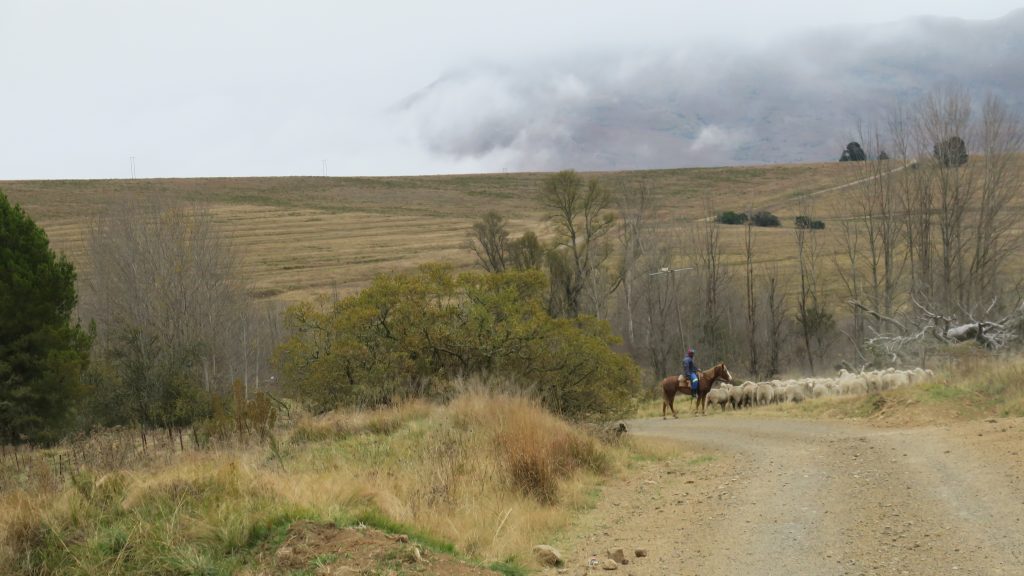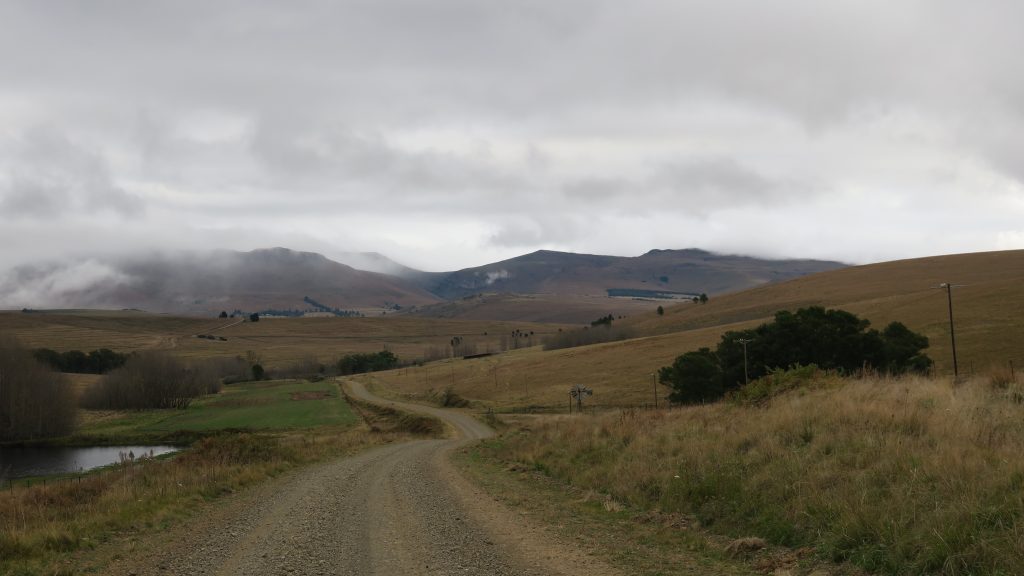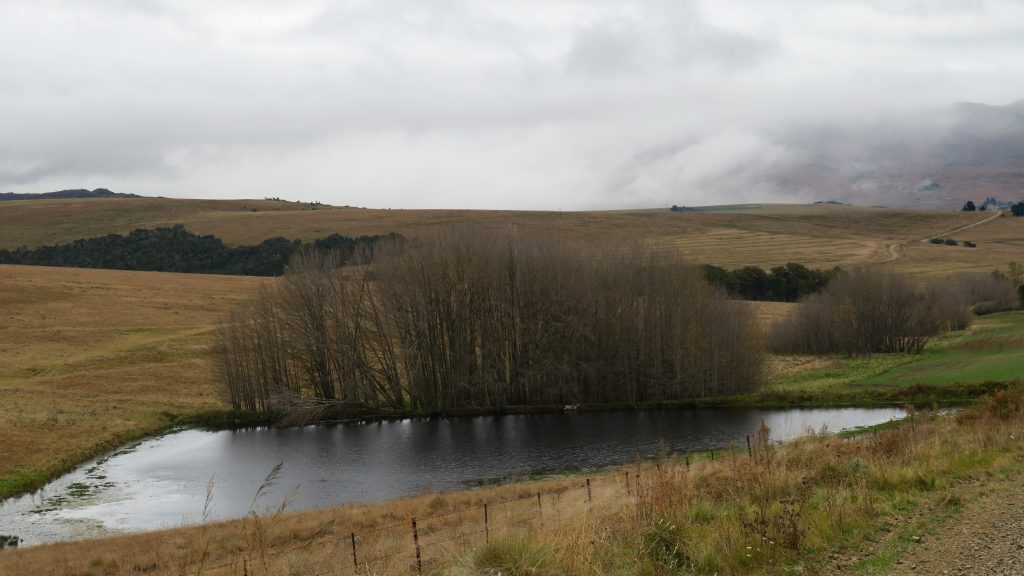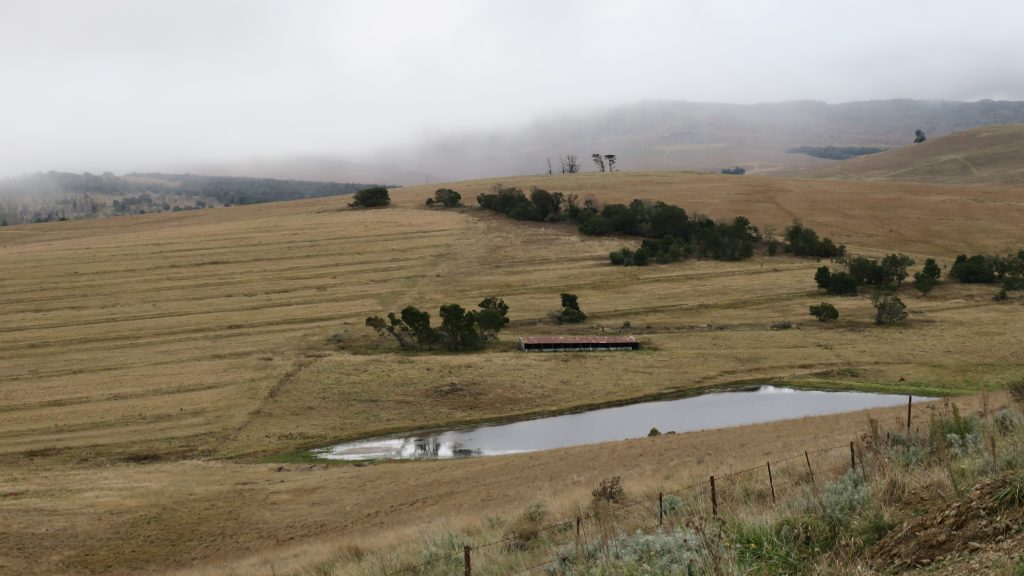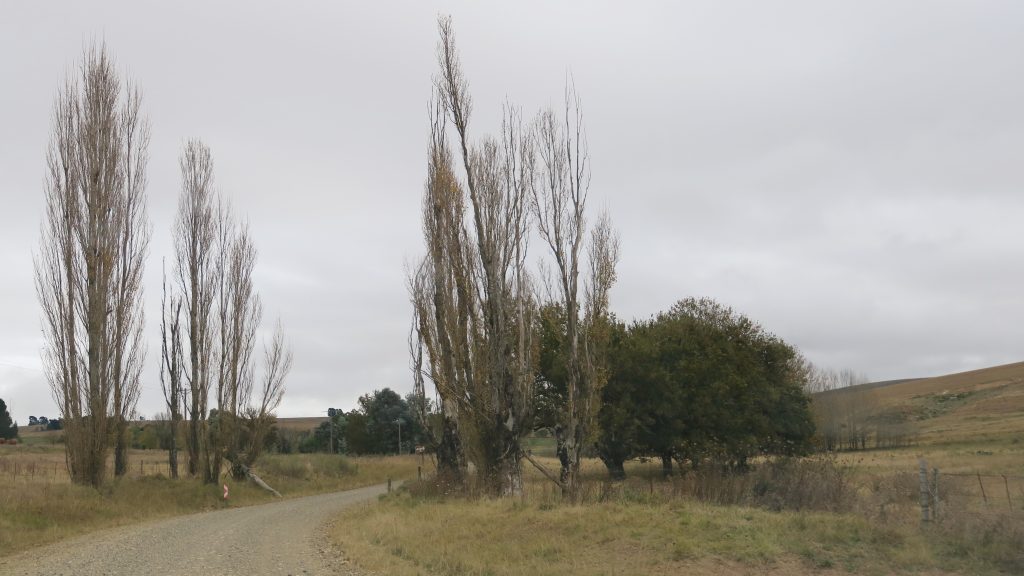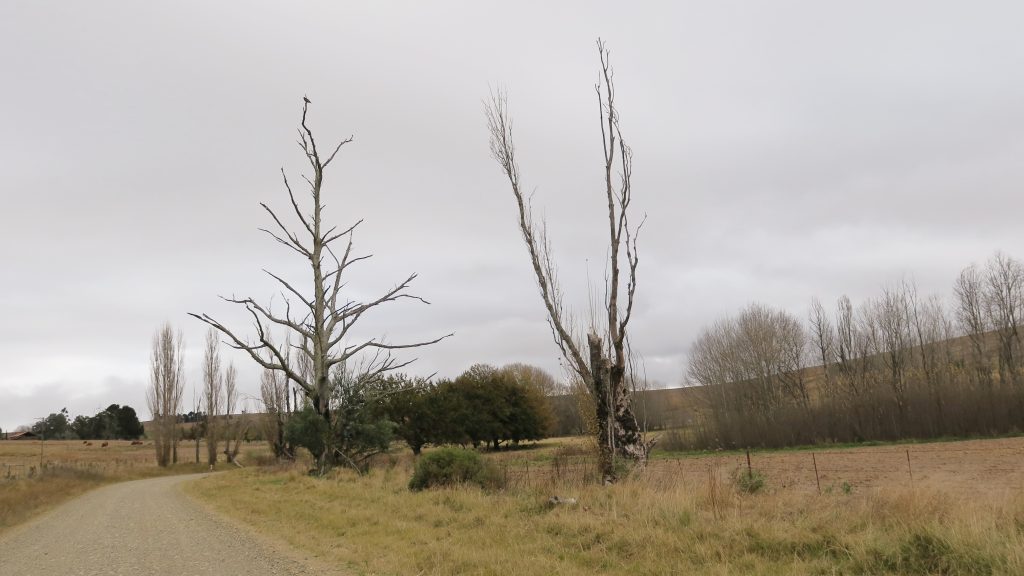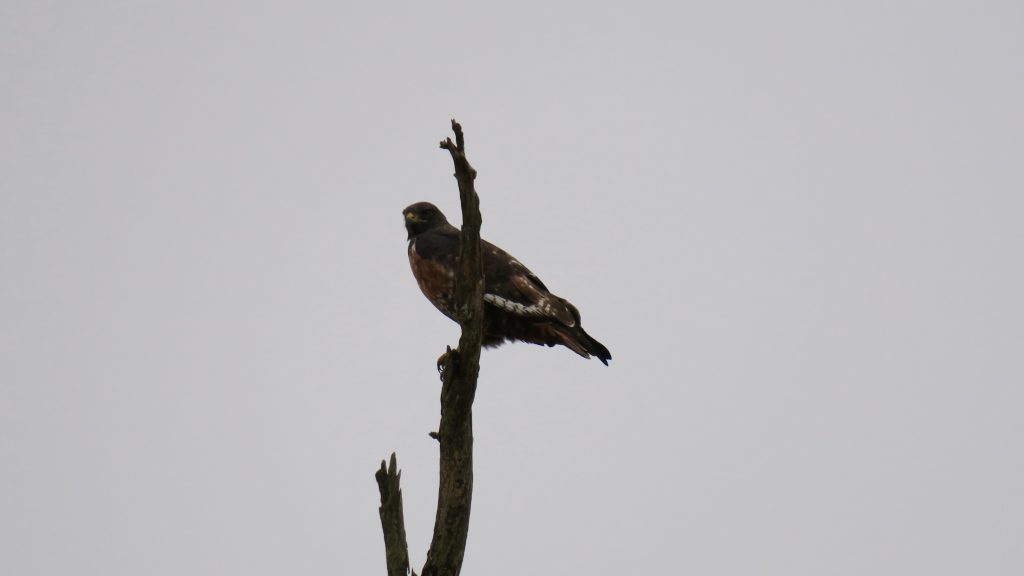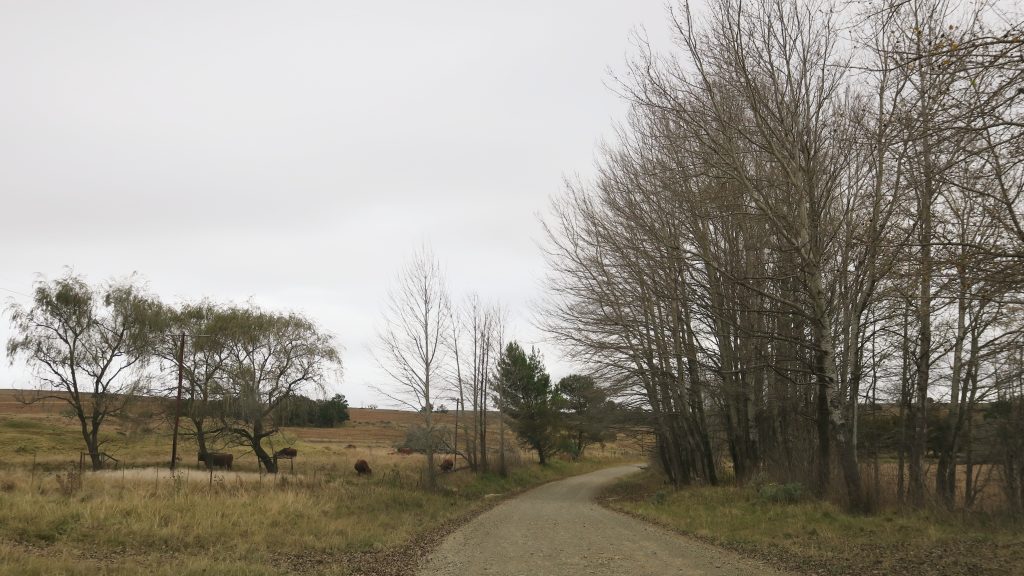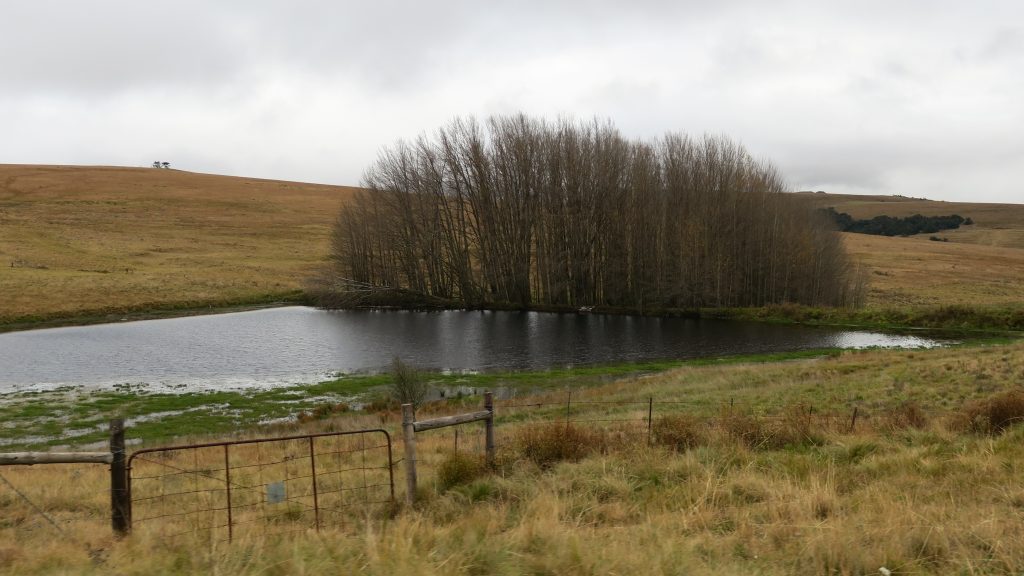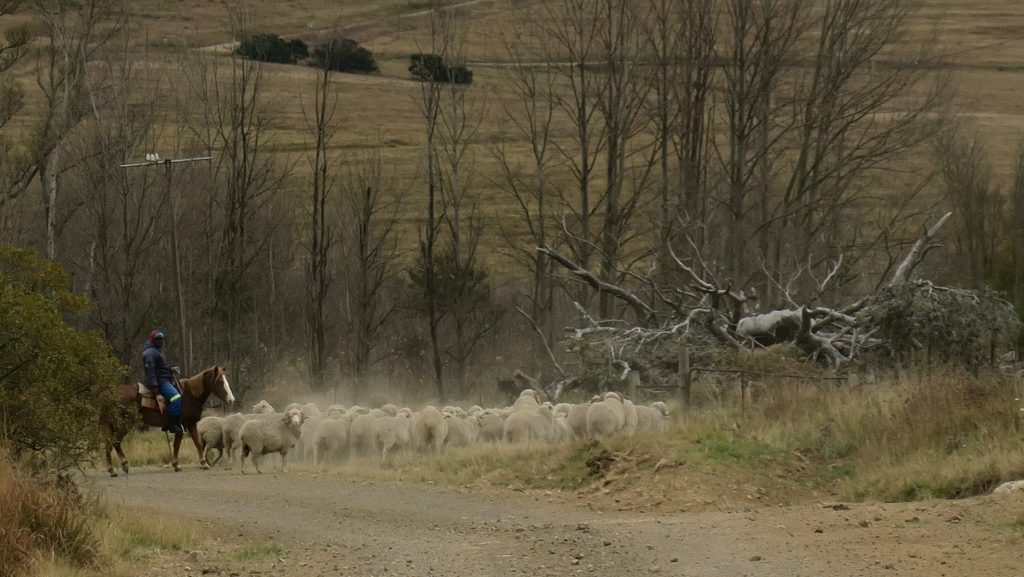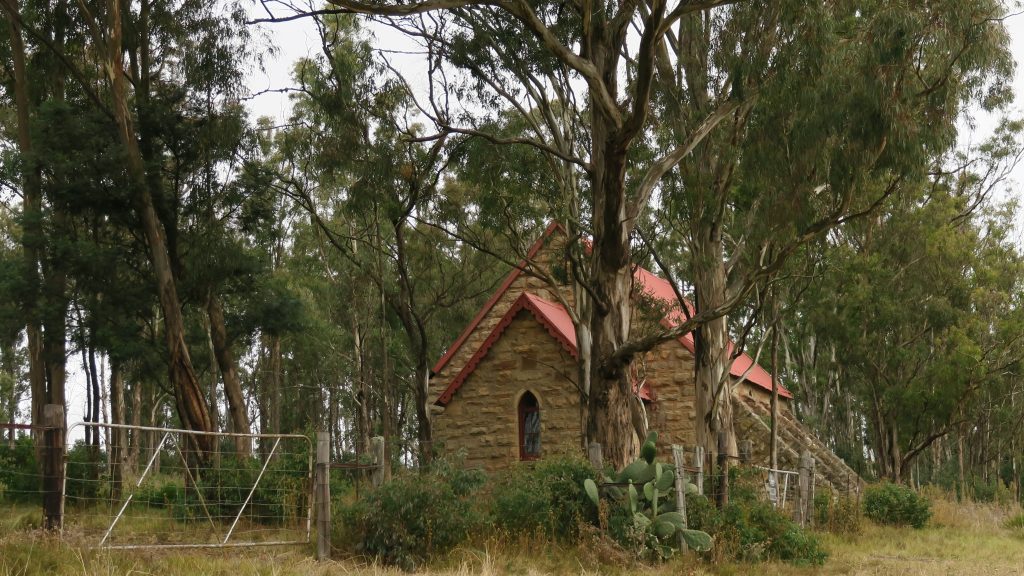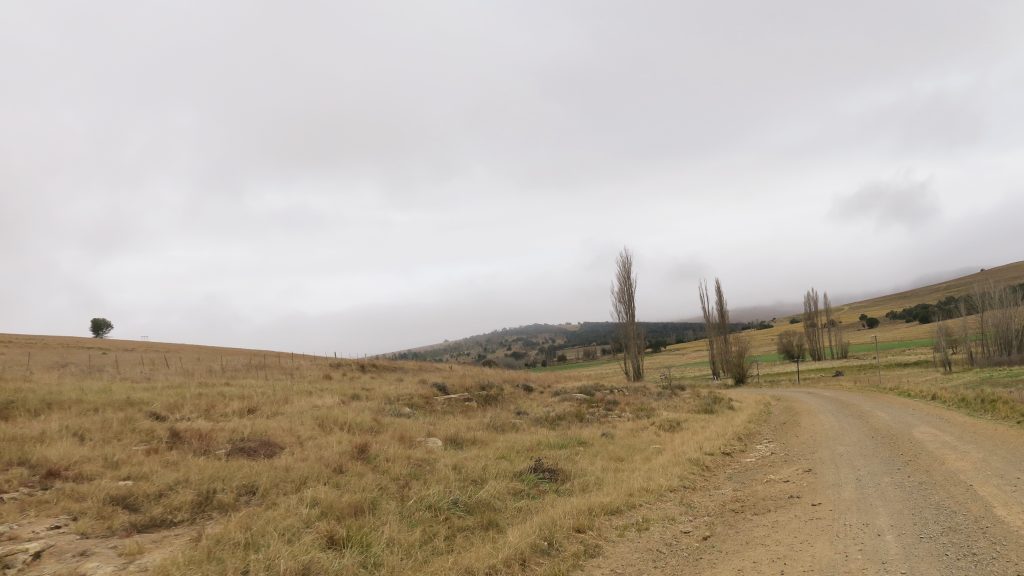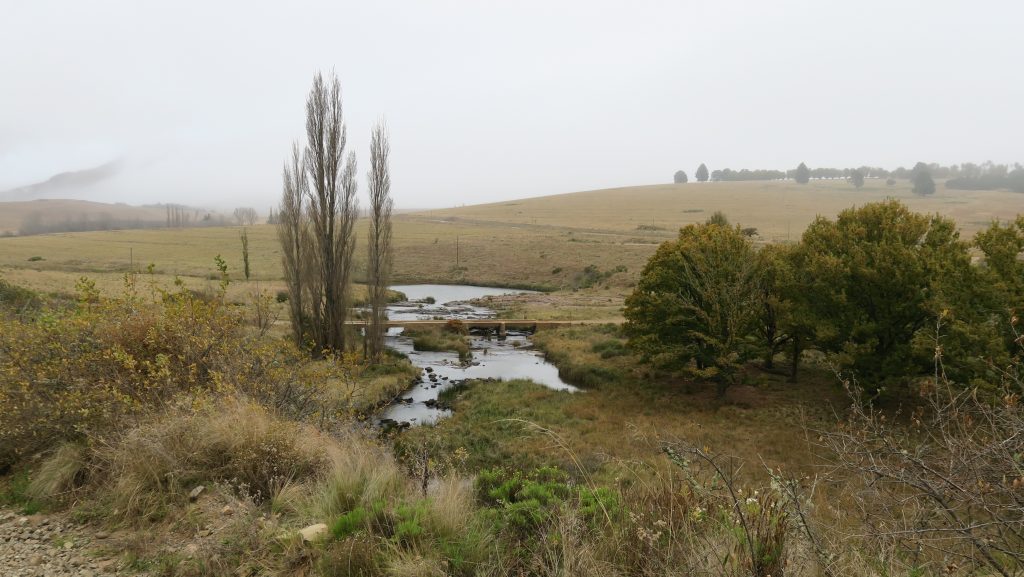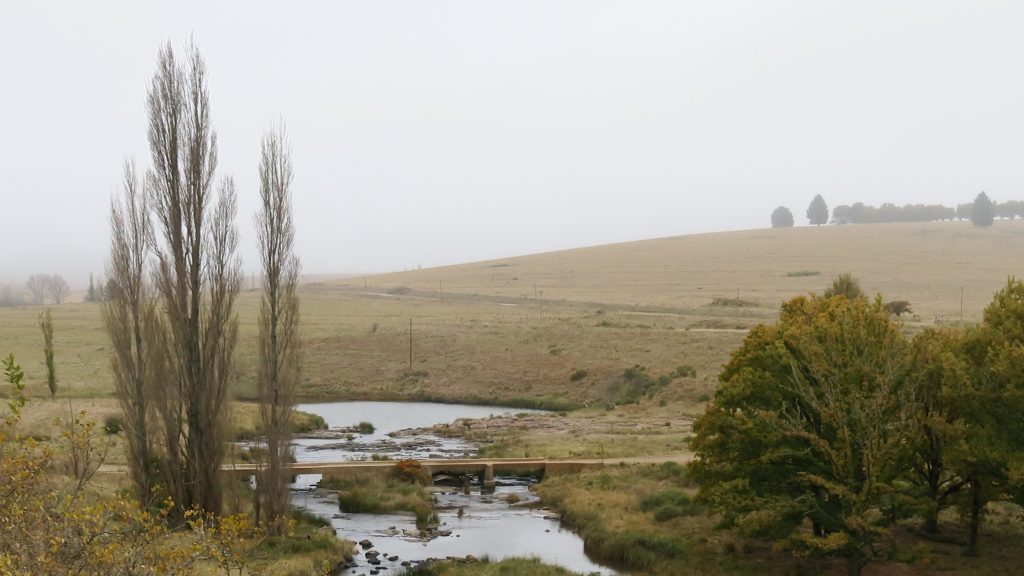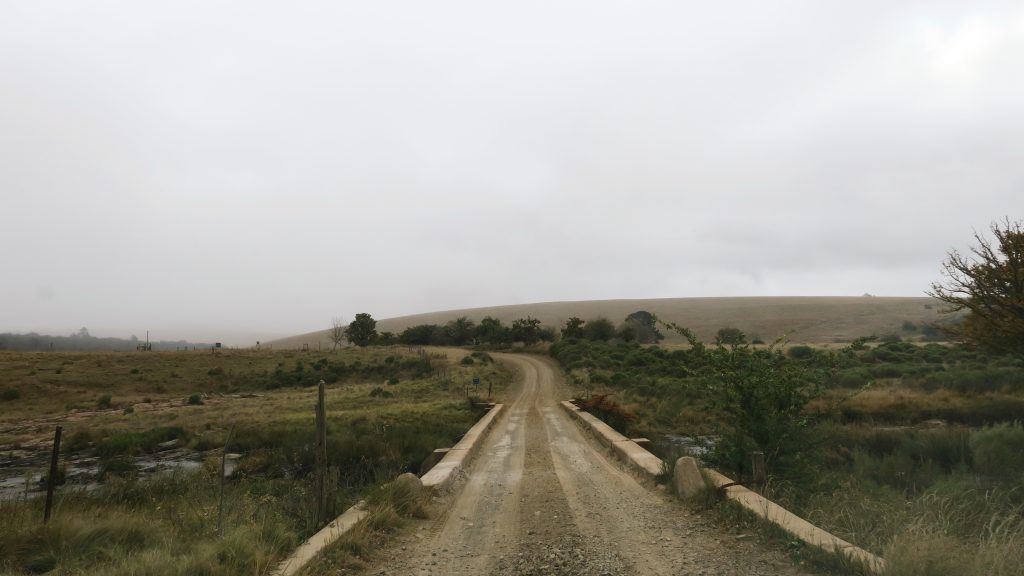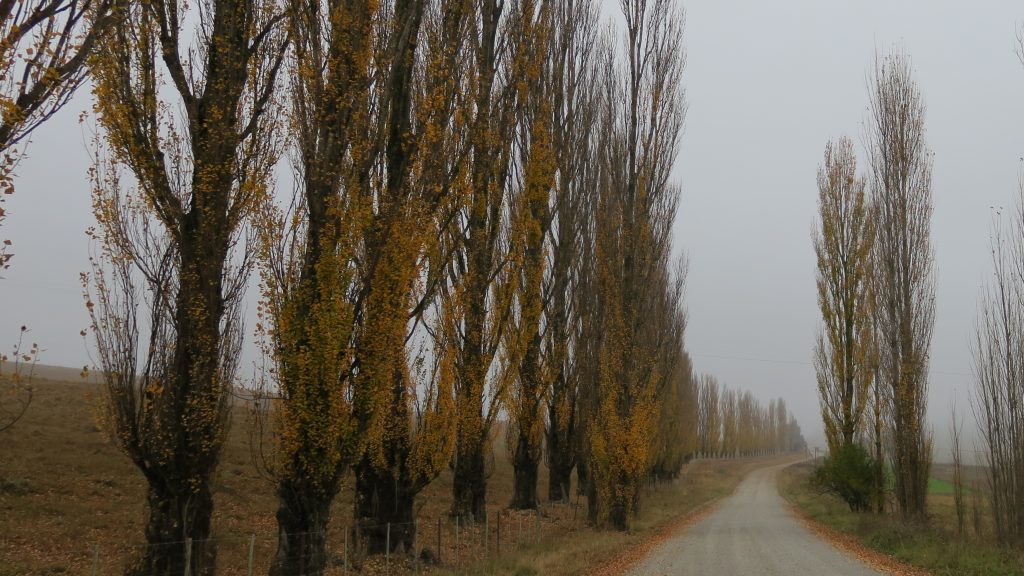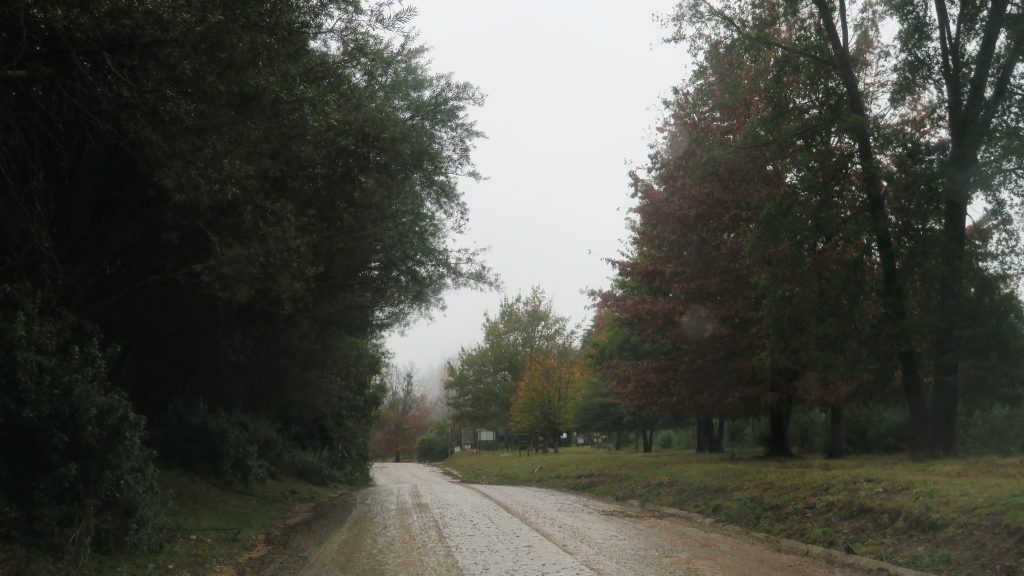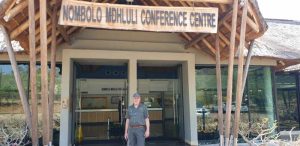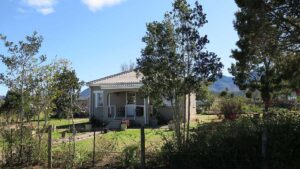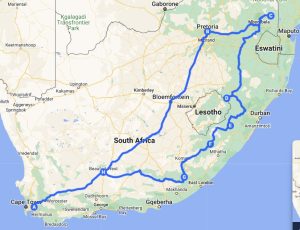Our initial idea to drive through KwaZulu-Natal and the Eastern Cape was inspired by a little village called Hogsback. We have heard a lot about it and it sounded like a place we would want to see. But it didn’t work out the way we thought it would be…
We leave Nqanqarhu/Maclear in the morning after having a wonderful breakfast at our guest house. Sounds like the owners are planning to move to the Western Cape – this will be a huge loss to this town. We drive to Ugie. There is a lot of road work in this area, but this is all for the greater good. We then drive through places like Cala and Lady Frere to Komani/Queenstown on the N6. The towns are a bit worn-down but it is hard to tell if they were always like this or became like this in recent years. Getting fuel is not a problem but a clean restroom is slightly more difficult. The roads are in good condition. The area is rural and appealing.
Komani is one of the bigger places in the Eastern Cape. There are a number of colonial buildings and quite some traffic in town. We drive to a nice coffee shop that serves great coffee and cake. The owner makes it clear that he is sick and tired of all the theft and lack of maintenance in town. Out of his own pocket he placed a number of small trees in pots along his street only to find some time later they were all removed. We drive south on the N6 after negotiating the bad left lane of the road that runs through downtown.
As we reach Cathcart on the N6, we turn right on a gravel road to Hogsback. There is a warning that this is not the best road but the alternative is quite a detour and rain is forecast for later the day – so we push on. In fact, the rain is part of a heavy weather warning for the entire area around Gqebergha (Port Elizabeth) which is quite a long way off. It is still early in the afternoon and not raining yet, but we will later realise that if we were a bit later, our trip to Hogsback could have ended in an even more hair-raising experience than it had been. The road is very rough in places and is nothing more than a glorified farm road. We drive very slowly in fear that the sharp stones that form the surface of the road will damage our tyres. But what a scenic road! In places the road is lined with beautiful trees, we come upon a little church that, I am sure, is used for weddings and we also cross a small river.
About 20 kilometers from Hogsback it starts raining and the road turns muddy. Not much to see anymore and we have to slow down even more. The closer we get to the town, the slippier it becomes (fortunately no precipices here) until we “enter” town down a steep descent (Hogsback is spread out with only houses here and there) that is so slippery that our 4×4 struggles to follow the road instead of going sideways. At the bottom of the descent we have to turn left at a T-junction towards the town and we notice a warning sign that one should not use the roads on this side of town unless you know what you are doing or do not mind paying a fee for someone to come and rescue you!! I think the warning sign is only on this side of town because its official access road is from the other side of town – a pass coming up the escarpment and the only tar road into Hogsback.
The turn-off to our guesthouse is to the right and, again, we have to slide down a small hill until we reach it. It looks like Hogsback is made up of holiday houses here and there, some of which, including ours, probably have wonderful views down the escarpment, but today it is just heavy fog and rain and visibility is down to a couple of meters. It is wet and cold and we quickly unpack. Load shedding is not helpful but, fortunately, the place is well-equiped for that and we can cook the chops we brought for a braai on the gas stove. After dinner we try to light the fireplace but the wood is damp, so we get into bed soon. We are booked for two nights to give us a full day to explore all the sights.
During the night we wake up and hear that it is still raining non-stop. If we arrived yesterday after only an hour or two of rain and already had difficulty keeping to the roads, how will it be after a whole day of rain? We go back to sleep but early the next morning, Anette gets up and looks at the weather forecast. Matters have deteriorated further but, given her previous experience, she’s unsure how she should break this to me – if she makes it sound too alarmist, I can decide to take on the challenge and stay another day. So in a very diplomatic way she gets me to look at the weather forecast myself and make my own decision – very clever she is. I realise we stand a good chance of not being able to leave Hogsback at all, given reports that the road between Fort Beaufort and Makhanda, which we are considering because we want to leave the Eastern Cape via the Langkloof south of Gqebergha, has already been closed due to rock falls. I decide (or is it us??) to pack up immediately and forget about the day in Hogsback. Fortunately, on our way out of town towards the tarred pass, we have to pass through the interesting part of town. There are a couple of very small shops selling stuff like home made chocolates on the way and we take a chance to stop quickly at a restaurant for breakfast. It is very cosy inside given it is still raining outside, with a big fireplace and a number of locals chatting away. It looks like the place for very chilled people with Bob Marley doing his thing over the speakers. To my absolute surprise, I recognise the lady sitting at the table next to us – Adriana Marais who made the short list as an astronaut for the Mars One Project (they would go to Mars and never return!). She seems to know the owners of the restaurant quite well and we all have a nice conversation. I will have to return to Hogsback to meet all its interesting locals.
Going down, the pass was already very wet with streams crossing the road here and there. From Alice we drive all the way via Adelaide, Cookhouse and Pearston to Graaf-Reinet after deciding to abort the whole idea of going via the Langkloof where flooding was already being reported. The initial part of the road to Cookhouse is brand new – I read later in the news that there is a proposal to name the road after the Springbok rugby coach, Rassie Erasmus.
At Graaf-Reinet we turn west on the N9 and at Aberdeen further west towards Beaufort West where Anette’s parents live. It is raining less now. I have not seen the Karoo as wet as this – as far as the eye can see, the veld is covered in huge lakes of water. About 23 kilometers outside Beaufort West, we have a flat tyre. It is the rear right-hand tyre which means it is on the road side of the car. I am convinced it is caused by damage incurred on the Hogsback approach (although I did check the tyres before we left earlier the day). The road does not have a tarred shoulder and it is just before dusk so it is quite dangerous to sit there basically halfway in the road trying to replace a tyre with a heavy truck passing by every 10 minutes at 100 km/h. The worst part of it is that I cannot remove the flat tyre – the nuts didn’t pose a problem but the wheel bluntly refuses to leave the car. The first truck that approaches pulls off and the driver walks back to us to help. Before we can even shake hands the next truck also pulls off behind us and that driver also joins us. Now these guys must surely be in a hurry to their destination but they spend about half an hour with us to see if there is not a solution to the problem. Nothing we try works – even jacking the car up with a hydraulic jack from one of the trucks. Fortunately this happened close to Anette’s hometown where she knows many of the people. She calls our guest house and Riaan, the owner, drives all the way out to us to pick up our luggage and Anette, who is drenched by now and anxious. She also gets hold of an old school friend who has a neighbour who owns one of the local workshops and he dispatches his low bed tow truck to fetch our car and myself (I told the truck drivers to continue with their trips and tips as there was nothing more left for them to do). Riaan waits with us until the tow truck arrives. Back in Beaufort West they put the car on a big hydraulic jack and then kick the wheel rim off the car. Apparently, if one drives a lot of dust roads, the dust collects and compacts between the rim and the hub and it is very difficult to remove the rim. So nowadays I always have a rubber hammer in the car and a thick block of wood to put under the jack for additional height for this purpose!
After a couple of days with Oupa and Ouma we will return home. We just love road tripping! And aren’t South Africa and her people just great?
